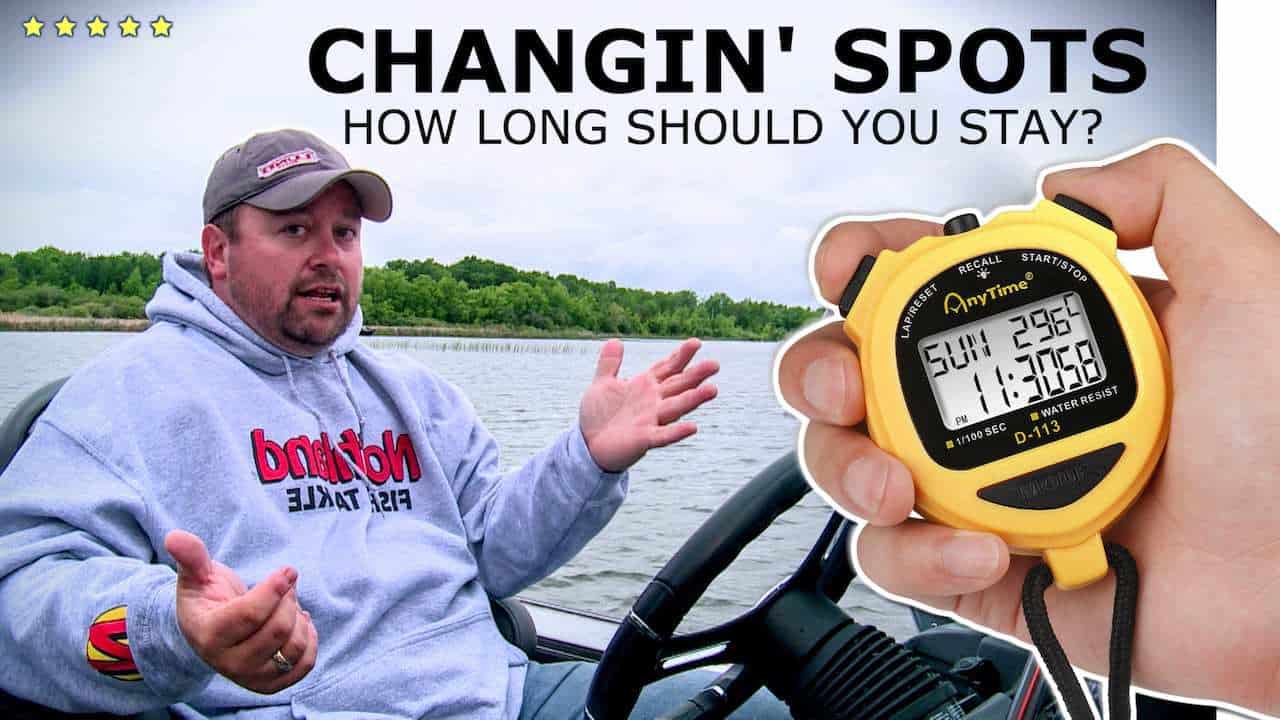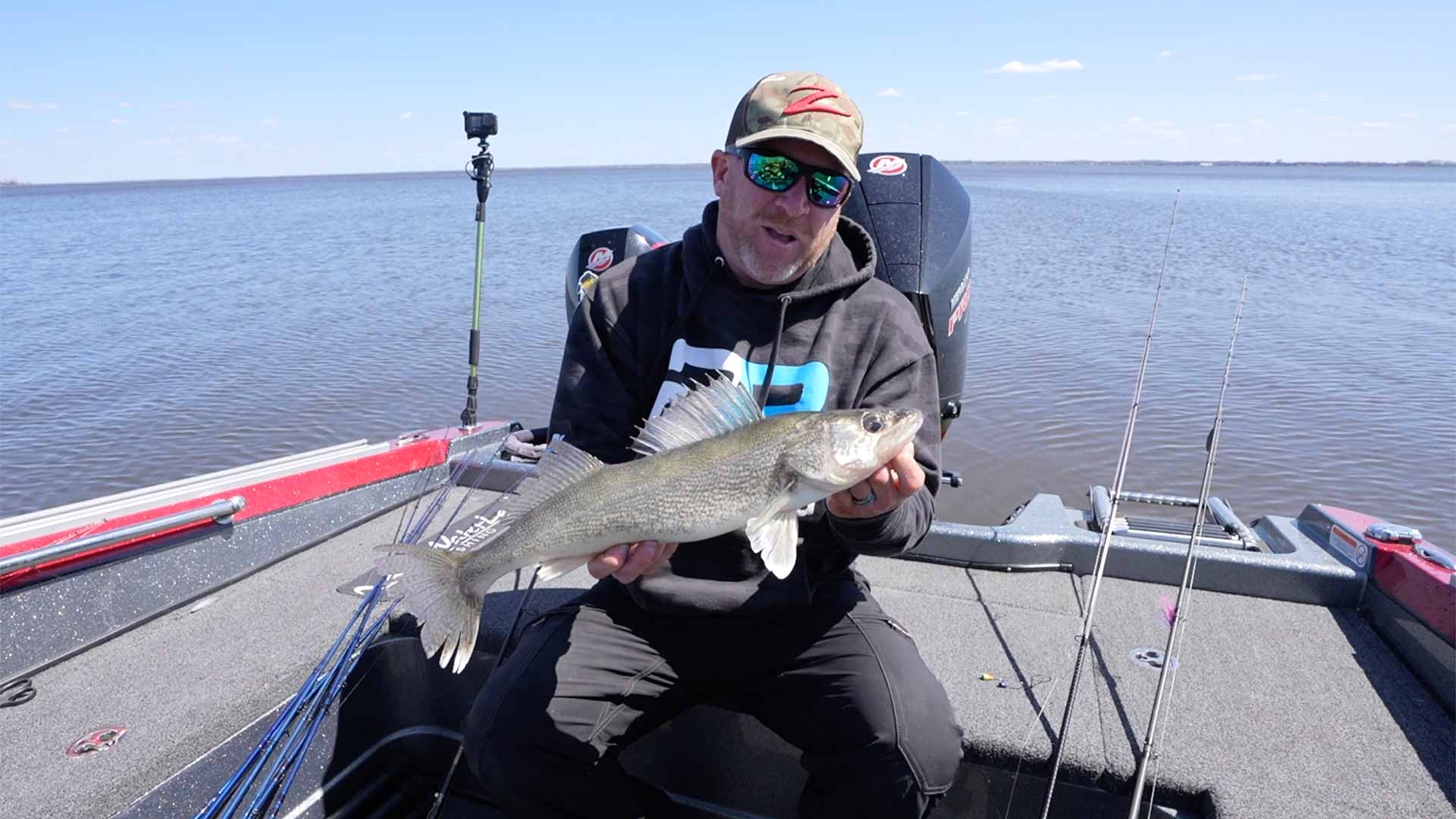Joel Nelson addresses one of the most popular questions we see from anglers: “Should I stay or should I go?”
There’s no way around it – our minds spin in circles when the fish aren’t snapping.
Are the fish gone?
Should I change baits?
Do I need to fish slower?
Should I change spots?
There’s a lot of factors at play, which can make the decision a whole lot tougher. In this video, Joel Nelson shares a few general rules of thumb he likes to follow when the bite’s slowin’ down.
Changing Fishing Spots
Fishing is a great way to relax and enjoy nature, but it can also be a challenge. Every year, experienced anglers strive to improve their fishing skills and become more effective on the water. One of the most important skills to master is knowing when to move on from a spot.
In this article, we’ll discuss the key to figuring out when to move on from a spot, and how to use your graph to determine the best course of action.
Using Your Graph
The key to figuring out when to move on from a spot is to look at your graph and make sure that you have evidence for being where you’re at and why. Usually, this evidence is in the form of fish that you see on the graph.
If you catch one fish, how long should you stay at the spot? Generally, it’s best to move on after about 20 minutes if you’re not seeing good evidence of fish on the graph or catching fish.
If you encounter fish on the screen but you’re not catching them, it’s time to start looking at the small characteristics on the graph. Are the fish belly to bottom, barely detectable? Or are they higher in the water column, spread out in a hunting pack?
These small cues and clues can help you determine if the fish are active or inactive, and what tactics you should use to catch them. If the fish look active, you may need to slow down your presentation or use a floater on a crawler harness. If the fish look inactive, you may need to change colors or use different types of tactics.
If you catch one or two fish in a spot but you’re not seeing very many on the graph, it may be time to move on. It can be hard to leave fish to find fish, but using your electronics can help you figure out how much time you should be spending on a spot.
Conclusion
Knowing when to move on from a spot is an important skill for any angler to master. The key to figuring out when to move on is to look at your graph and make sure that you have evidence for being where you’re at and why.
If you catch one fish, it’s best to move on after about 20 minutes if you’re not seeing good evidence of fish on the graph or catching fish. If you encounter fish on the screen but you’re not catching them, look at the small characteristics on the graph to determine if the fish are active or inactive, and what tactics you should use to catch them.
If you catch one or two fish in a spot but you’re not seeing very many on the graph, it may be time to move on. It can be hard to leave fish to find fish, but using your electronics can help you figure out how much time you should be spending on a spot.










